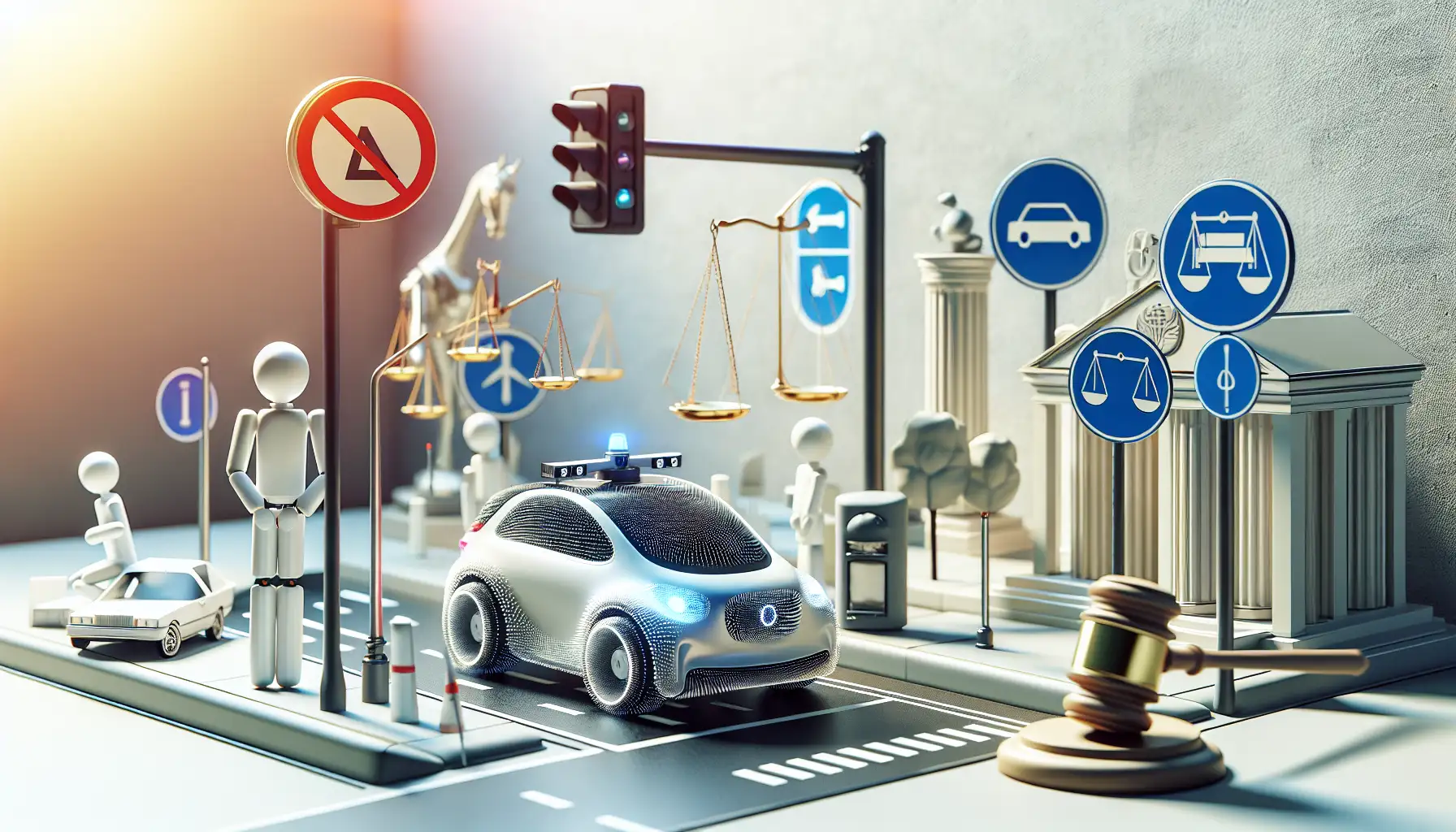Understanding Autonomous Vehicle Regulations
How emerging laws affect self-driving car technology

As self-driving cars transition from futuristic concepts to reality, understanding the regulations governing them is crucial. These laws not only shape the development of autonomous technology but also ensure safety and public trust. This article explores how emerging regulations impact self-driving car technology and what it means for consumers and manufacturers alike.
Background Information
Autonomous vehicles (AVs) are equipped with advanced systems that allow them to navigate and operate without human intervention. As this technology evolves, so does the need for comprehensive regulations to address safety, liability, and ethical concerns. Governments worldwide are working to establish frameworks that balance innovation with public safety.
Detailed Information and Evidence
Regulations for autonomous vehicles vary significantly across different regions. In the United States, the National Highway Traffic Safety Administration (NHTSA) provides guidelines, while individual states have their own rules. For instance, California requires AVs to have a safety driver, whereas Arizona allows fully driverless testing.
In Europe, the European Union has established the General Safety Regulation, which mandates specific safety features for AVs. These include advanced emergency braking and lane-keeping systems. The United Nations Economic Commission for Europe (UNECE) also plays a role in setting international standards.
These regulations are crucial for ensuring that AVs are safe for public roads. They also influence the pace of technological advancements, as manufacturers must comply with legal requirements before deploying new features.
Guidance and Recommendations
For consumers interested in autonomous vehicles, it's essential to stay informed about the regulations in your area. This knowledge can help you understand the capabilities and limitations of AVs available in the market. For instance, if you live in a state with strict AV laws, you might have fewer options compared to regions with more lenient regulations.
Manufacturers should prioritize compliance with both local and international regulations to ensure their vehicles can be sold and operated legally. Engaging with regulatory bodies during the development process can also help address potential legal challenges early on.
Counterarguments and Considerations
While regulations are necessary for safety, some argue that overly stringent laws could stifle innovation. The challenge lies in creating a regulatory environment that encourages technological advancement while protecting public safety. It's also important to consider the ethical implications of AVs, such as decision-making in unavoidable accident scenarios.
 CarChooser
CarChooser